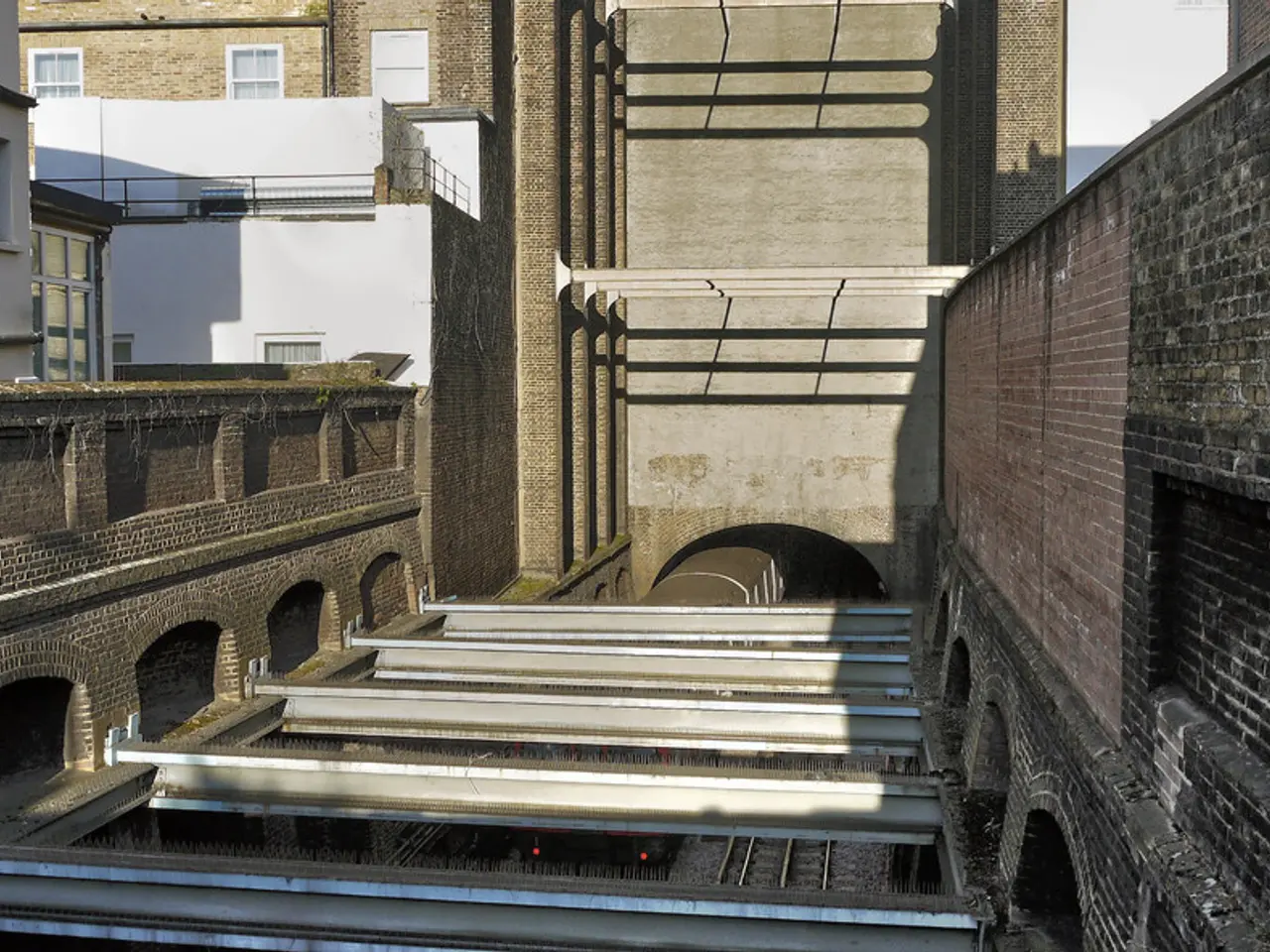Border control heightens as Estonia sets up barriers at 3 Russian entry points
Estonia Strengthens Border Security with New Infrastructure
Estonia has bolstered its border security with the installation of retractable gates and roadblocks at key crossings with Russia. The new measures, part of a comprehensive approach to customs control, have proven effective in reducing illegal crossings and contraband transport, albeit with ongoing challenges.
Since August 2024, full customs control has been implemented on the outbound route to Russia at the Narva, Luhamaa, and Koidula checkpoints. This thorough inspection of individuals, vehicles, and cargo has led to the detection of around 4,300 violations in a year among approximately 585,000 border crossings.
Customs officials confirm that these controls are an effective deterrent against the transport of prohibited items, including money, ammunition, drone components, and dual-use goods. However, smugglers and private individuals continue to attempt to conceal contraband in complex hiding places within vehicles and luggage, underscoring the need for border security to remain vigilant and adaptive.
The border security system has also successfully intercepted illegal border crossings of persons intending malicious activities. For instance, a Polish national trying to cross illegally was recently detained at the Narva border, demonstrating the efficacy of Estonia's border controls as part of the EU's external border security.
While specific performance metrics for the retractable gates and roadblocks alone are not detailed, their presence as part of the broader integrated customs and border control infrastructure contributes to the overall effectiveness. Measures seem robust enough to discourage and detect violations sufficiently to lead to significant penalties, including criminal proceedings for repeated or high-value violations.
The installation of these new security measures was prompted by a series of incidents where people tried to cross the border illegally, bypassing the Passenger and Freight Inspection (PPA). The work, which cost €3.1 million, was completed last month at the Narva border crossing and is ongoing at the Luhamaa and Koidula crossings.
The new security measures at the Luhamaa border crossing were unveiled on August 11. Recently, a drunk Latvian scooter driver attempted to speed through the new checkpoint to enter Russia without stopping. The officer at the Luhamaa border crossing emphasized the importance of quick information and timely button presses to prevent illegal border crossings. If the new systems were not in place, the drunk Latvian scooter driver attempting to enter Russia illegally at Luhamaa would likely have succeeded.
These events are believed to be connected to the migration crisis on Belarus' borders with Latvia, Lithuania, and Poland, which is backed by Minsk and Moscow. Over the years, there have been several similar incidents at Estonia's borders.
Gates have also been installed on the bridge between Estonia and Russia, and it takes around three seconds to close a checkpoint with the new folding gates and barriers. All possible scenarios, including officers ending up on the Russian side of the gates, have been considered and addressed. There is a method to open the gates from the Estonian side in case officers are stranded on the Russian side.
The new security measures were agreed upon after Russia allowed approximately 30 people to exit the country and try and enter the EU without the proper documents in Narva in December 2023. Peter Maran, head of the PPA's Southeast border checkpoint, stated that the new infrastructure helps respond quickly to migration attacks and prevent illegal border crossings.
These new measures are part of a larger effort to secure Europe's borders and combat illegal activities. Similar events took place on a larger scale at the Finnish-Russian border at the same time. As the threat of illegal crossings and smuggling continues, these infrastructure investments will play a crucial role in maintaining border security.
Read also:
- Court petitions to reverse established decision on same-sex marriage legalization
- Commemoration of 200 Days of American Resurgence Unveiled
- Minister Bärbel Bas expresses doubts about her tenure as a minister following a recent interview during the summer.
- A Tale of Two RussiansGate Notable Figures: Focus on Mike Davis







